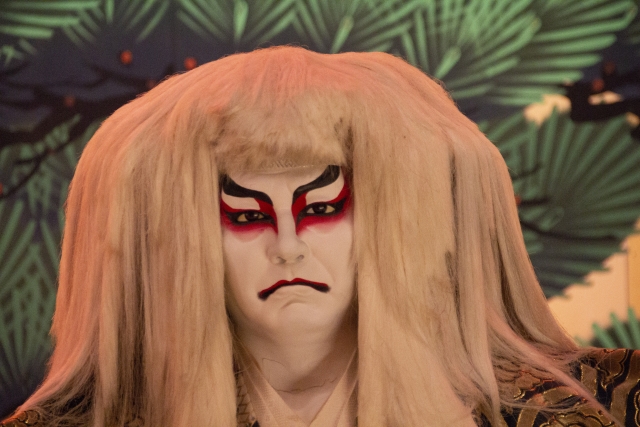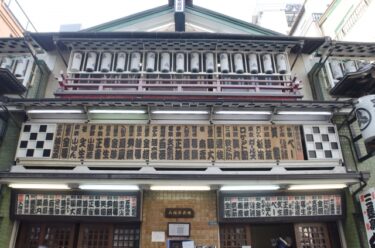Kabuki is a traditional Japanese theater form that dates back to the early 1600s, combining vibrant costumes, stylized makeup, and dynamic performances. While Japan is known for its classic arts, Kabuki stands out as a unique, centuries-old tradition, passed down through a line of families dedicated to preserving this dramatic art form. This guide will take you through Kabuki’s fascinating history, its family traditions, iconic performances, and how to experience it firsthand today.
The Origins of Kabuki
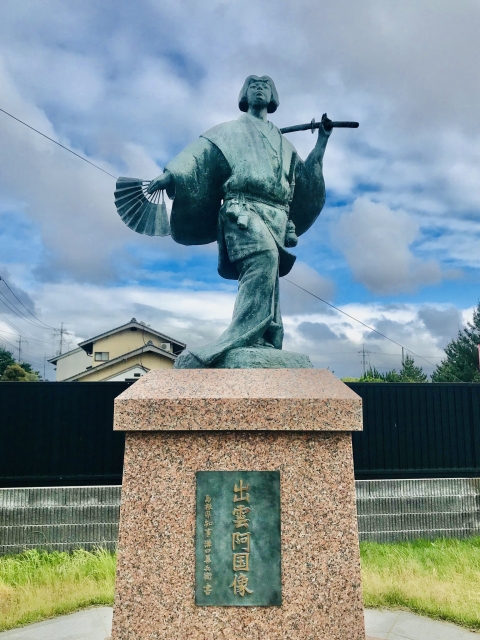
Kabuki originated in the Edo period (1603–1868), beginning with a female performer, Izumo no Okuni, who staged lively dances and drama on the dry Kamo Riverbed in Kyoto. This new style of entertainment quickly gained popularity, blending exaggerated movements, elaborate costumes, and engaging storylines. However, as Kabuki’s popularity grew, the Japanese government banned female actors in 1629, fearing the association with nightlife culture. Male actors then took over, performing both male and female roles—a tradition that continues to this day.
Kabuki’s Legacy and Family Tradition
Kabuki is a family tradition that has been passed down for generations. Many performers belong to Kabuki families, often inheriting their family’s stage name or yagō (house name), which acts as a symbolic connection to their ancestors and lineage. Yagō are often announced loudly by fans during performances to honor the actor’s legacy. Some of the most famous Kabuki families include the Ichikawa, Nakamura, and Onoe families, each with unique acting styles and histories. The transmission of Kabuki skills is not only an inheritance of talent but also a lifelong dedication to the craft.
The Art of Kumadori Makeup
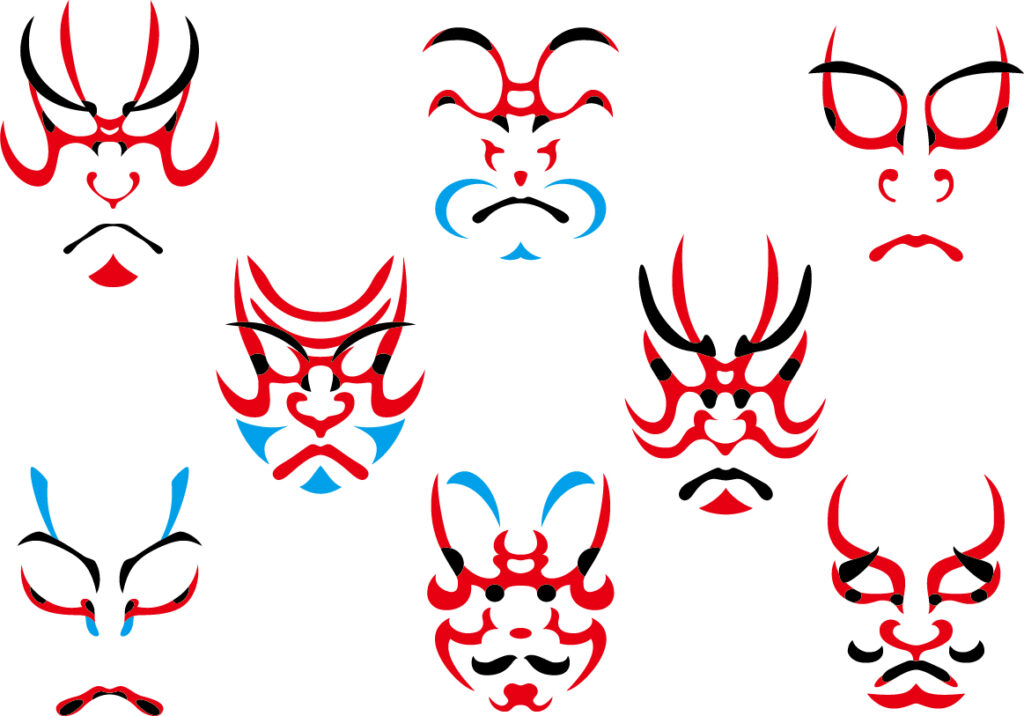
One of the most iconic aspects of Kabuki is kumadori makeup, which is applied to highlight characters’ emotions and personalities. Kumadori uses vivid colors like red, blue, black, and white, each representing a different aspect of the character:
- Red: Used for heroes or passionate characters, red symbolizes strength, justice, and virtue.
- Blue or Black: Often used for villains or supernatural beings, blue and black represent fear, jealousy, and darkness.
- Brown: This color represents non-human characters or beings from the supernatural realm.
Kumadori makeup helps audiences quickly identify the character types and contributes to the fantastical atmosphere of Kabuki.
Kabuki Plays and Their Types
Kabuki performances are divided into various types, with each offering unique themes and stories. Here are some of the main categories:
- Jidaimono (Historical Plays)
Jidaimono plays focus on historical events, often set in the samurai era. They frequently explore themes of honor, loyalty, and conflicts between personal feelings and duty. A famous example is Kanadehon Chushingura (The Treasury of Loyal Retainers), which tells the story of the 47 Ronin, a group of samurai who seek to avenge their master’s wrongful death. This play has become one of Kabuki’s most celebrated stories and exemplifies the themes of loyalty and revenge. - Sewamono (Domestic Plays)
Sewamono plays are based on commoners’ lives, focusing on everyday themes like love, family, and tragedy. These plays are often more relatable and emotional, showing the struggles of ordinary people. Sonezaki Shinju (The Love Suicides at Sonezaki) by Chikamatsu Monzaemon is one of the most famous domestic plays, telling a tragic love story of two lovers bound by honor and fate, who ultimately decide to die together. - Shosagoto (Dance Dramas)
Shosagoto plays emphasize dance and music, creating visually stunning and rhythmic performances. These plays often feature more lighthearted or celebratory themes, showing joyful characters and vibrant scenes. Fuji Musume (The Wisteria Maiden) is a well-known dance drama where an actor plays a young woman who transforms into the spirit of a wisteria flower. This beautiful performance is popular for its grace and elaborate costuming. - Supernatural and Fantasy Plays
Kabuki also explores the supernatural, often incorporating ghosts, spirits, and mythical creatures. These plays are known for special effects and dramatic moments. Yotsuya Kaidan (The Ghost Story of Yotsuya) is a famous ghost play telling the tragic story of betrayal and vengeance, as a woman returns as a ghost to haunt those who wronged her.
Kabuki Performances: Themes and Notable Works

Kabuki stories cover a wide range of themes, from historical events to love stories and supernatural legends. Here are a few renowned Kabuki plays:
- Kanadehon Chūshingura (The Treasury of Loyal Retainers)
This is a timeless story of loyalty and revenge, depicting the famous tale of the 47 Ronin avenging their master’s wrongful death. It’s a staple in Kabuki theater and is known for its powerful themes of honor and sacrifice. - Yoshitsune Senbon Zakura (Yoshitsune and the Thousand Cherry Trees)
This drama follows the legendary Minamoto no Yoshitsune and his loyal servant Benkei as they evade capture and encounter mysterious figures. The story is rich in spectacle, with elaborate scenes and costumes. - Sonezaki Shinjū (The Love Suicides at Sonezaki)
Written by Chikamatsu Monzaemon, this is a tragic love story between two lovers bound by fate. The story poignantly portrays themes of love and loyalty and resonates deeply with audiences. - Kanjinchō (The Subscription List)
One of the most celebrated plays in Kabuki, Kanjinchō tells of loyalty and bravery, featuring the renowned warrior Benkei. Known for its dynamic acting and martial themes, it captivates audiences with intense moments and elaborate costumes.
Experiencing Kabuki Today
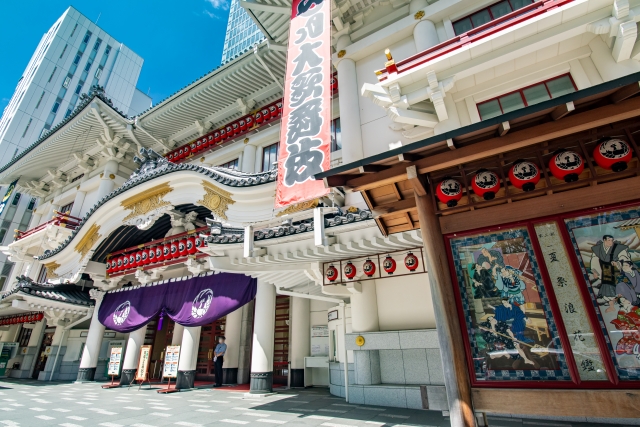
Kabuki performances are held at major theaters in Japan, most notably at Tokyo’s Kabuki-za theater. This theater provides the full Kabuki experience, from grand sets to skilled actors, in a venue rich with history. Tickets are generally available in multiple formats, allowing audiences to watch an entire show or just a single act (hitomaku-mi), making it accessible for new audiences. Tickets range from 4,000 to 20,000 yen depending on seating, with single-act tickets starting around 1,500 yen. Tickets can be purchased online through official Kabuki websites or at the venue itself.
Conclusion
Kabuki remains one of Japan’s most captivating art forms, blending tradition, family legacy, and dramatic storytelling. Whether you’re fascinated by its history or the artistry of its performances, experiencing Kabuki offers a deep insight into Japanese culture and the dedication required to keep this ancient art alive.
Today, Kabuki theaters such as the Kabuki-za in Tokyo regularly stage performances, where audiences can enjoy full-length shows or shorter segments called “hito-kawari”, which showcase only key scenes. English guides and subtitles are often available, making Kabuki accessible for foreign visitors. Watching a Kabuki performance is a truly unique experience, providing a glimpse into Japan’s rich theatrical history and vibrant culture.

